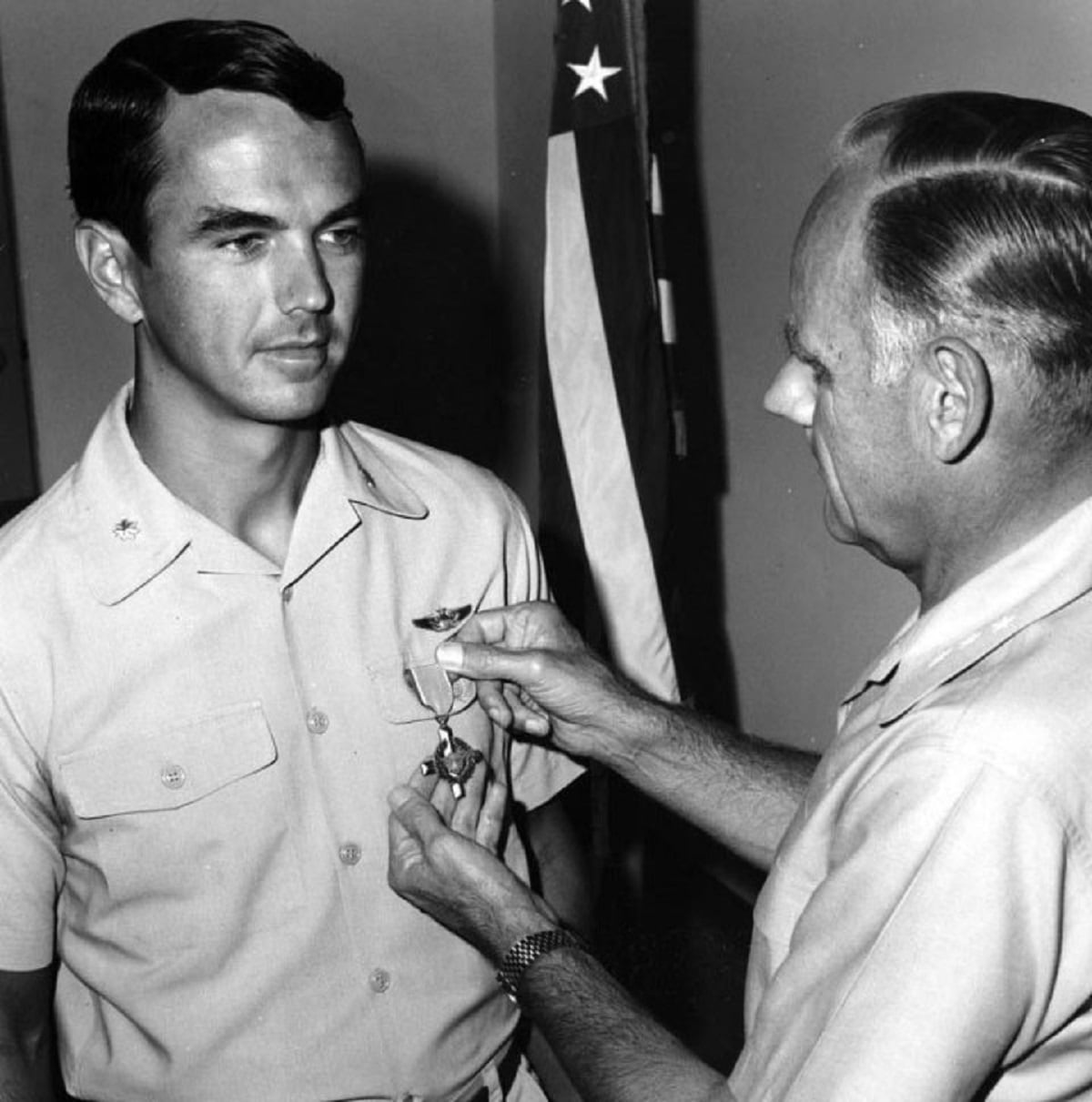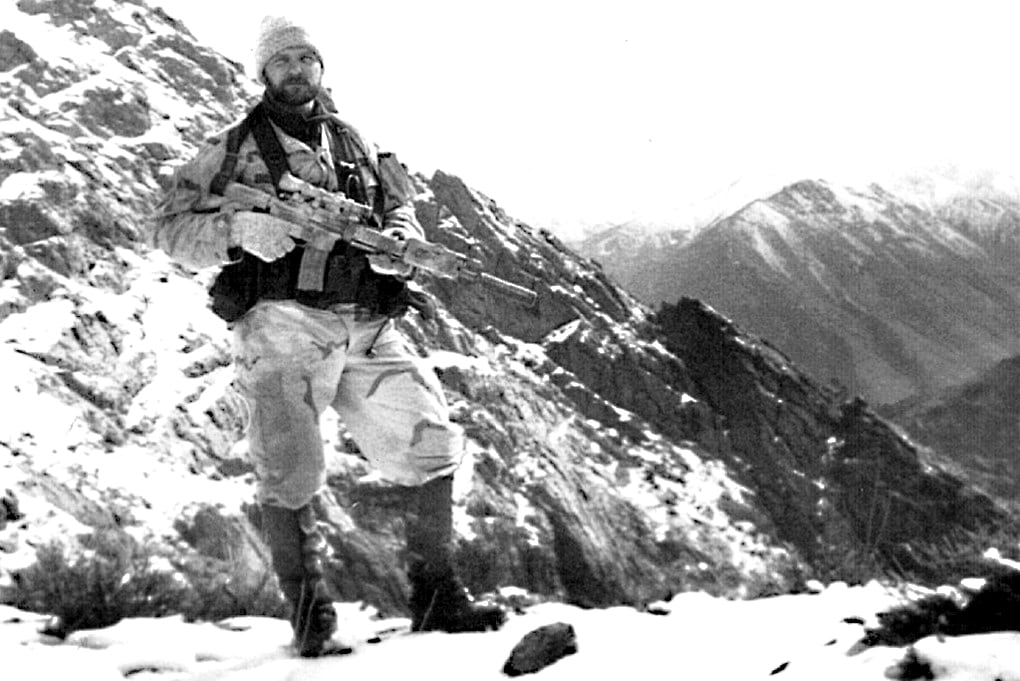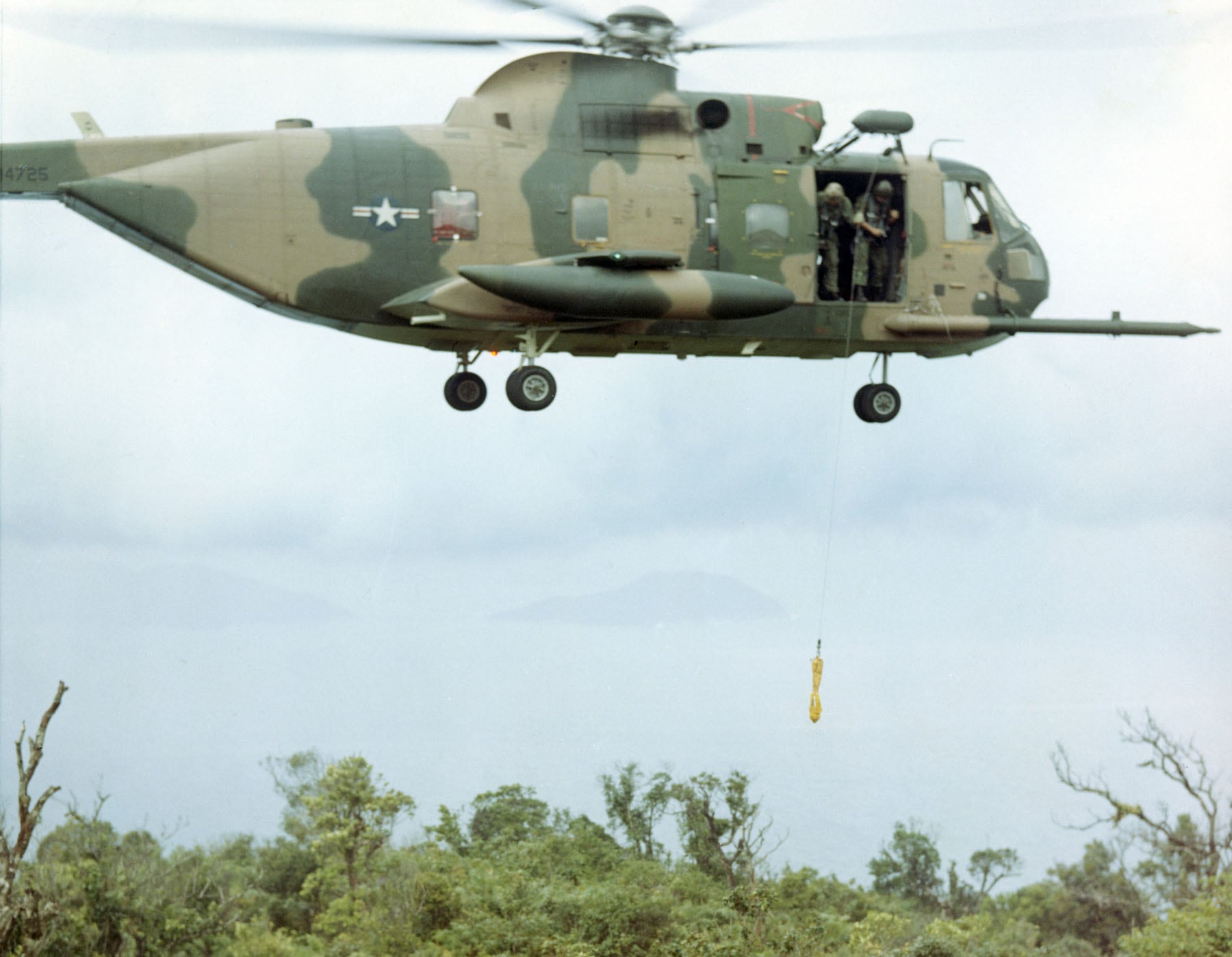A California congressman is pushing to upgrade a retired Air Force colonel’s Air Force Cross to a Medal of Honor for “extraordinary heroism” during a fierce 1969 battle in Laos.
Rep. Salud Carbajal, D-California, on Monday introduced a bill, HR 2330, that would authorize the president to upgrade Col. Philip Conran’s Air Force Cross to the nation’s highest award for valor.
On Oct. 6, 1969, as the United States’ war in Vietnam spilled over into Laos, then-Maj. Philip Conran was part of a mission that went south when a helicopter was shot down, according to a narrative provided by Carbajal’s staff. Conran took charge during the rescue attempt, and repeatedly put himself at risk to save 44 of his fellow troops, according to the leguslation.
“Col. Conran served our nation with the utmost bravery during the Vietnam War when he risked his own life in combat to save his comrades,” Carbajal said in a statement. “It has taken far too long for our country to honor his courage, and I will continue working to help secure this well-deserved recognition.”
Conran is now 82 years old, and lives in Santa Barbara, California, in Carbajal’s district. He retired in 1988.
Then-Maj. Conran was the aircraft commander of an H-3 “Jolly Green Giant” transport helicopter of the 21st Special Operations Squadron, 56th Special Operations Wing, deployed to Thailand during the time of the battle. The lead helicopter was shot down in Laos, the narrative said, and Conran assumed command of the other four H-3s and one H-1 rescue helicopter, while two A-1 fighters tried to take out the enemy firing upon them.

Their fuel was running low, so Conran asked the H-1 pilot to try to rescue the downed helicopter’s crew, but was rejected because the area was too dangerous.
“Major Conran then decided he had two choices: Depart the area, leaving his downed comrades, or attempt a rescue and reinforce the friendly troops already on the ground," the narrative said.
He knew their chances of surviving a rescue attempt in the withering enemy fire were slim. But he also knew his comrades had no chance at all on the ground, so he went in anyway. But as his helicopter approached, they were hit by enemy fire, destroying the chopper’s servos. Conran decided to continue forward, instead of breaking off the approach, and landed. The indigenous troops Conran’s helicopter carried got out, the four downed Americans got on, and they prepared to take off.
But then, enemy fire destroyed the helicopter’s transmission, stranding them on the ground. Conran assumed command — even though he was not the ranking officer on the scene — and set up a defensive perimeter while repeatedly exposing himself to heavy enemy fire, the narrative said. Conran directed troops to move to find the best field of fire to counterattack, and he realized they were too exposed on the flat terrain. Conran ran back to the helicopter and retrieved all parachutes aboard for the troops to use as shooting platforms as they lay prone.
When Conran found out the first downed helicopter had two M-60 machine guns, he and an indigenous soldier ran about 50 yards to get them, again through heavy fire that intensified as the enemy saw him board the helicopter. Despite the repeated barrages, Conran got the guns and ammunition back to the other troops.
RELATED

For six hours, as the battle continued, Conran used his compass to call in successful airstrikes on the enemy — but they kept getting closer. He was severely wounded in the leg, but still fought on, the narrative said. He did not mention his wound to anyone until he had lost all feeling in his leg, according to the legislation.
Conran “would neither give up hope nor allow others to panic,” the narrative said. “He continued to be a source of energy and courage for all downed personnel."

The battle ended and two H-53s landed to rescue the troops. Despite his wound, Conran even got down on his hands and knees to allow another wounded airman to use his back as a stepping stone to get on board the helicopter.
“Major Conran’s decision to come to the aid of his downed comrades, his heroic actions above and beyond the call of duty while under severe hostile fire, and his outstanding leadership throughout the many hours were instrumental in enabling them to withstand the superior enemy force,” the narrative said.
In eyewitness accounts of the battle, provided by Carbajal’s staff, airmen on the first helicopter shot down — Knife 61 — said they owed their lives to Conran’s courageous decision to come save them.
“He could have exited the area because of the extreme high risk and let us fend for ourselves, and nobody would have questioned his decision, but he didn’t,” retired Col. Claret Tayler, the aircraft commander on Knife 61, said in a June 6, 2017, letter to Air Force Secretary Heather Wilson. “This [was] the willingness to sacrifice to save your comrades [that] separates those who deserve the Medal of Honor and those who do not. I know I lived [to] see another day because Conran risked his life to save me and my crew.”
Stephen Losey is the air warfare reporter for Defense News. He previously covered leadership and personnel issues at Air Force Times, and the Pentagon, special operations and air warfare at Military.com. He has traveled to the Middle East to cover U.S. Air Force operations.





